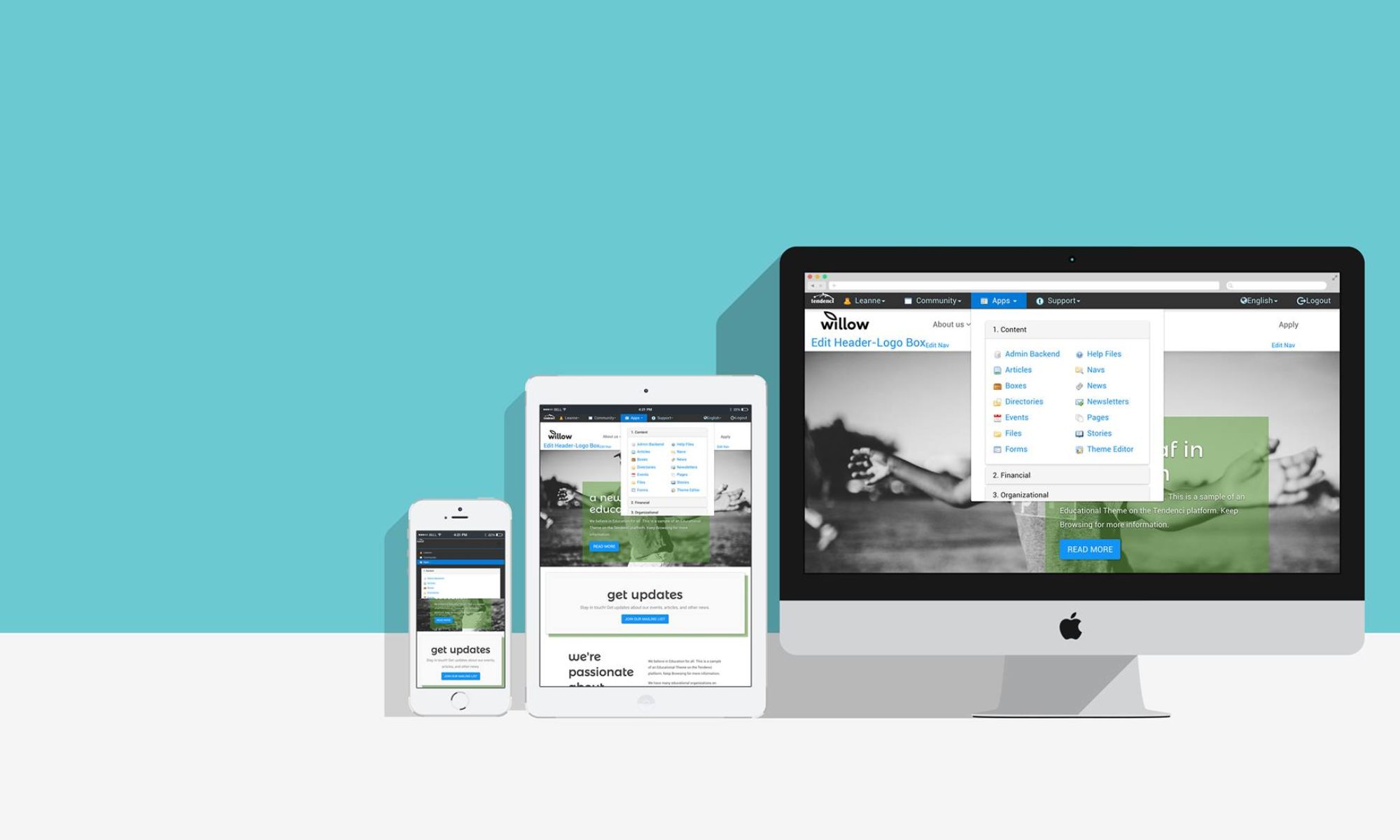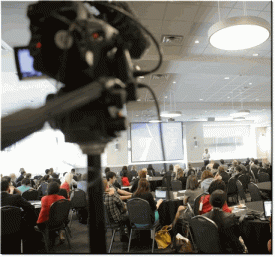This week, I had the distinct honor of hearing Gary Hoover present at the Houston Technology Center on how to “Think Like an Entrepreneur”. Gary Hoover is a successful entrepreneur having founded companies including Bookstop and Hoovers.com and he’s spent the last year as the “Entrepreneur in Residence” at the McCombs School of Business at the University of Austin.
Gary’s presentation was described as an “intense, information and idea packed presentation… [that] will be like drinking from a fire hydrant.” That description was spot-on.
I took over 5 pages of notes, mostly trying to type as fast as I could and catch the great and inspiring quotes of wisdom plus the recommendations for books and specific, actionable items Gary said we could do to change the way we thought and be more successful and innovative in business. 
Gary began his presentation by personally handing everyone in the audience his business card and shaking our hands. On the back of Hoover’s card are the top 8 things he believes are keys to making great enterprises. Download a larger photograph of his business card with the 8 tips to keep and view more photos from the evening presentation in the Tendenci Photo Album I’ve created.
If you are interested in a full copy of my notes, leave a comment below or send me an email at sworthy@tendenci.com and I’ll gladly send them to you.
I was inspired by how much of what Gary recommended for being a more successful entrepreneur also applied to the work we do at Schipul for our clients in web development, website design, and web marketing. In learning to think more like an entrepreneur, you also learn to see different perspectives, understand the ‘bigger picture’ of your business, and receive lifelong benefits personally and professionally.
Probably the most profound statement of the evening from Gary was when he said:
‘I define entrepreneurship as getting great personal satisfaction from serving others… you have to love it and others have to love [what you are giving them].
The people who are most happy with their lives at my stage are the people who have spent their whole lives working to make the world a better place.”
Here are Gary’s recommendations for learning how to “Think Like an Entrepreneur”. My goal is for you to find the same inspiration and ways to relate them to your daily life as I found.
Practice the Habit of Wisdom
‘These are people who just cannot be anything but an entrepreneur. They may fail a lot’ because it’s hard to get them to sit still, hard to get them to focus… but ultimately they are going to succeed because they just don’t stop.”
As Gary states, some people are born fundamentally entrepreneurial and others are born to be bureaucrats, while the rest of us fall someplace in between the 2 extremes. If you want to become more entrepreneurial, then you will need to change by developing better thinking habits.
To develop these habits, you’ll first need to master the 3 things Gary calls his working definition of wisdom :
- Knowing what matters and what doesn’t matter.
- Knowing what changes and what doesn’t change.
- Knowing what you can change and what you can’t change.
These are three easy concepts to understand and yet, very difficult to master. As Gary put it, “There’s no rocket science here, but you’ll spend your whole life trying to figure out what matters and what doesn’t.”
Be Curious
“Study the great entrepreneurs, like Steve Jobs, Bill Gates, Michael Dell and so on, and you’ll find an intense curiosity.”
Gary explains the importance of doing your research before starting a new business venture. The most successful entrepreneurs are the ones who ask the most questions and really understand the marketplace, the customers and competitors, and gain insight into the future of the business environment.
Ask the managers and owners of similar businesses questions like:
- What do you like about your job, and what don’t you like?
- What is the best day you’ve ever had… describe your worst day?
- What do you look for in an employee and how do you hire and train new people?
By asking questions and being curious, you can begin to gain perspectives from other people and understand the why’s and the how’s and the what’s…
When you begin to understand these different perspectives beyond your own, you can make better decisions and you are more equipped to solve problems as they are thrown randomly at you.
Read Every Day
“The key question is do you see yourself in a box or not in box?”
The greatest thought leaders in the world are also the most avid readers. Read daily, Gary recommends, books and business journals… the beauty of the internet is the availability of so much free and great reading material.
Here are 2 books Gary recommended Tuesday night:
“The Innovator’s DNA: Mastering the Five Skills of Disruptive Innovators” by Jeff Dyer, Hal Gregersen and Clayton M. Christensen
The Innovators DNA describes 4 skills required for innovation:
- Observing
- Networking
- Experimenting
- Questioning
“Mindset: The New Psychology of Success” by Carol Dweck
Mindset describes the importance of not locking your children or yourself into a set way of thinking. Gary recommended this book and said “It’s not about being smart or being stupid: people who think they’re smart are locking themselves in a box just like people who think they’re stupid.”
Entrepreneurship is not About the Technology

“Entrepreneurship is a lifelong process of self-understanding: learning about yourself .”
As I listened to Gary’s presentation, I found myself mentally replacing the word “entrepreneurship” with “Marketer” and “Schipulite”. We’re passionate about providing great service to our clients. We’re constantly asking questions and inviting our clients to come hang out with us so we can get to know you. We never stop trying to innovate and find better ways to help your business increase online and offline revenues through your website and web marketing.
These quotes from Gary’s presentation were my favorite because they gave me new perspectives on creating a better user experience through our Tendenci CMS for you, your staff, and your website visitors:
‘When I use the word technology, I mean any way of doing better things… Technology is only relevant to the extent that it makes people’s lives better!â€
“Step back and look at the big pattern’ and the big pattern here is that ALL MEDIA has been digitalized, it’s all been turned into 0’s and 1’s.”
“Be obsessed with your customer and making great products for them and you will succeed’ be passionate about it. It is about making it good for the user!”
I would love to hear how we can make our products and services better for You and anything else you want to add! Please tell us below in our comments or Come Hang Out With Us and get to know us. (And I promise to ask you lots of questions!)





















